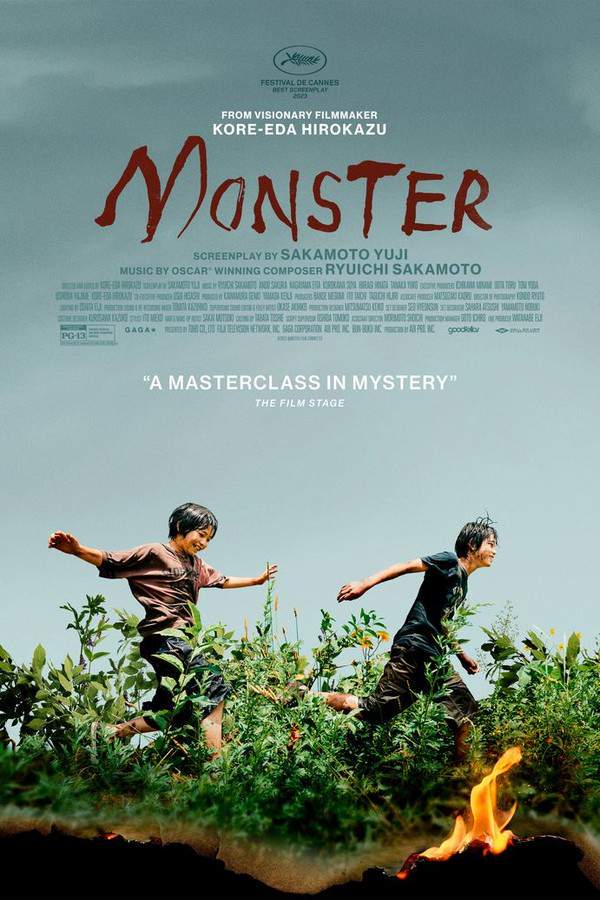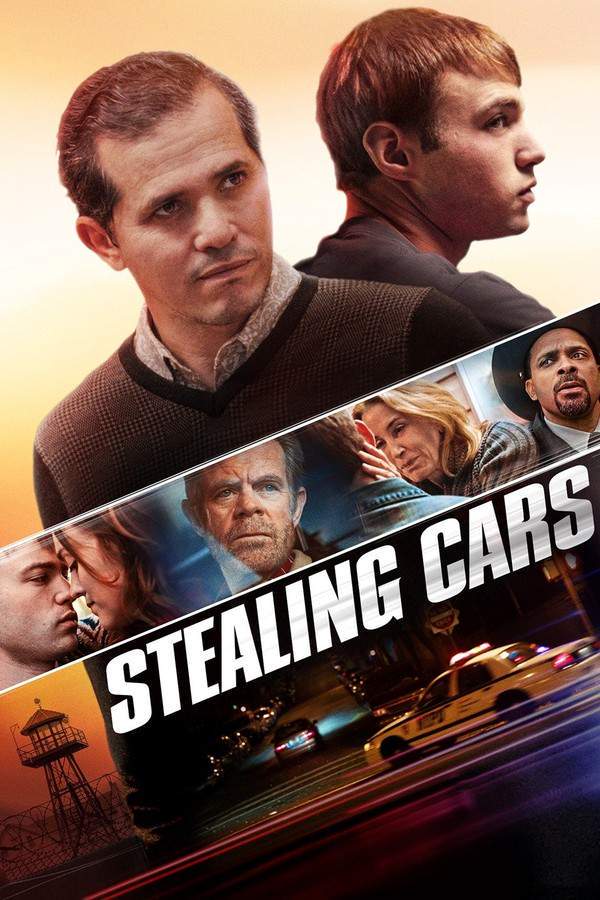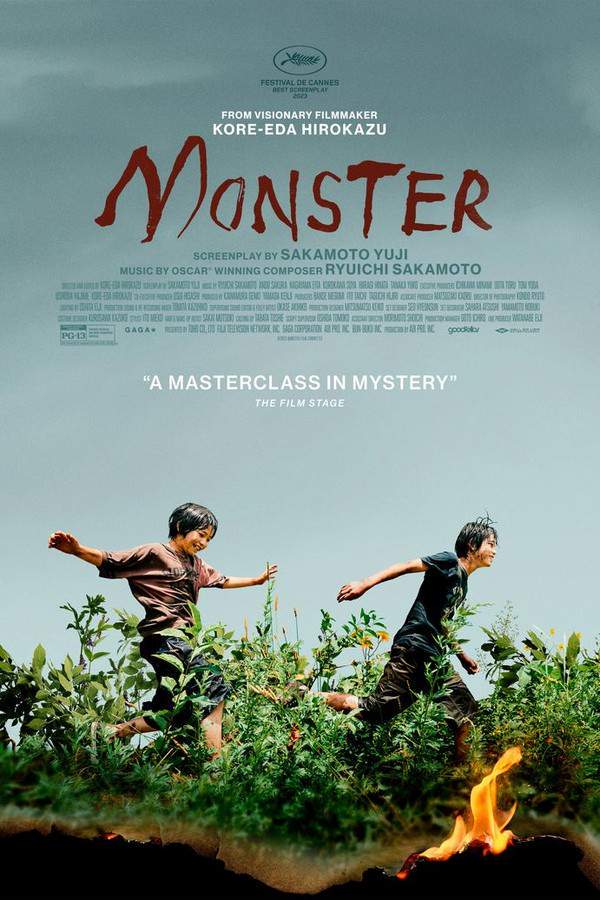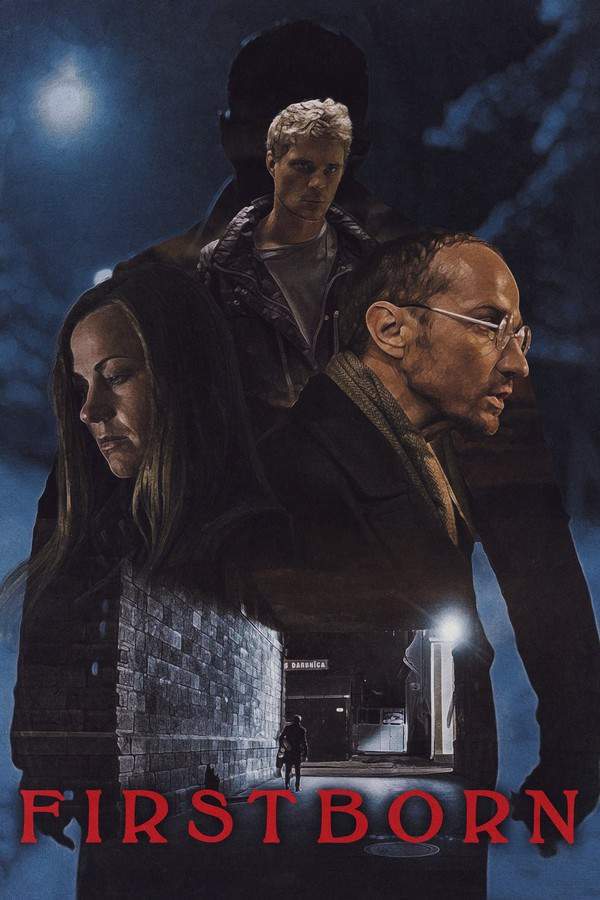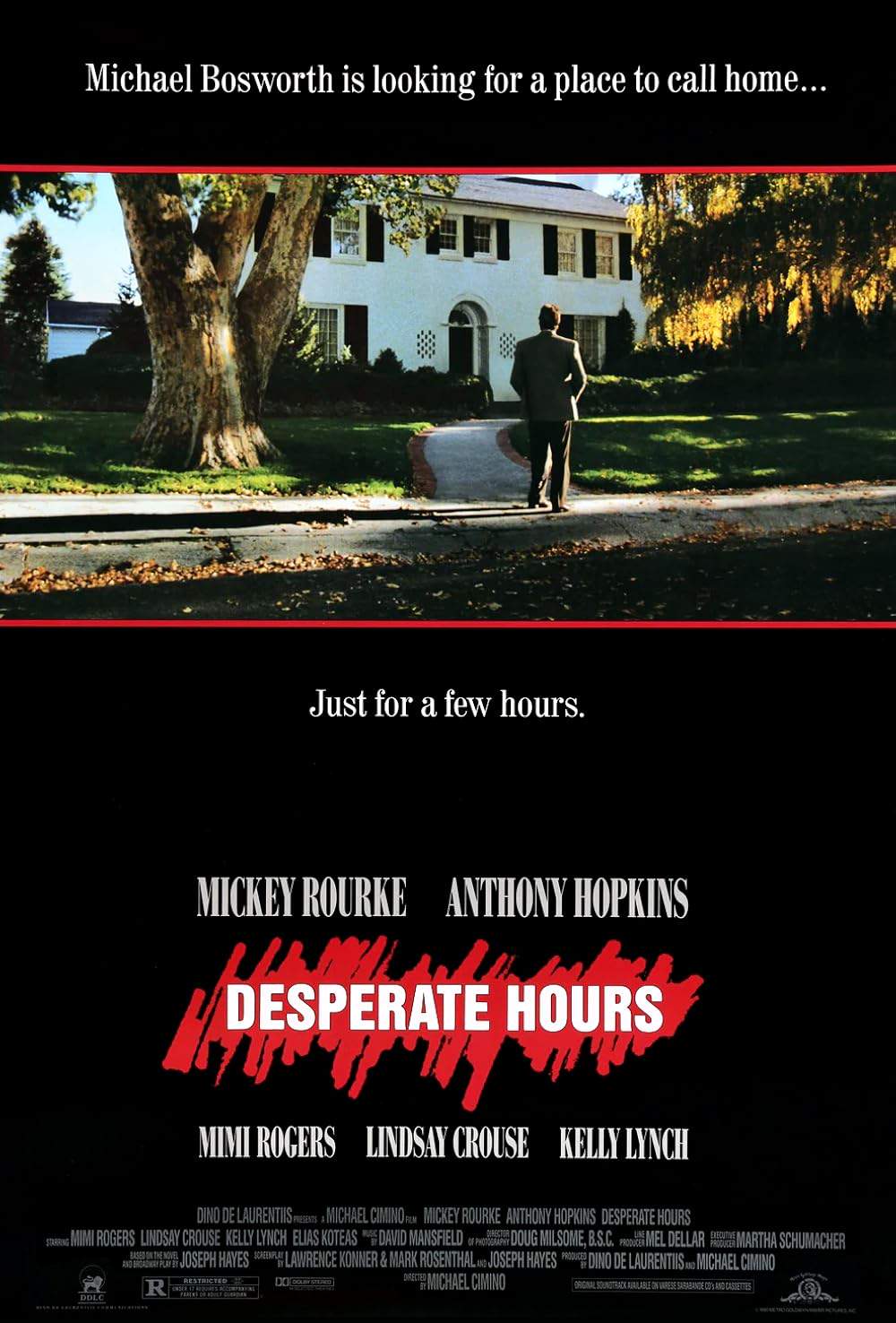
Fish Tank
Year: 2010
Runtime: 123 min
Language: English
Director: Andrea Arnold
Budget: $3M
A defiant teenager finds an outlet for her frustrations through hip-hop dance. Her life takes an unexpected turn when her mother brings a charming new boyfriend into the picture, disrupting the already tense family dynamic. As Mia grapples with adolescence, she must confront difficult emotions and navigate complex relationships, ultimately seeking a way to understand herself and her place in the world.
Warning: spoilers below!
Haven’t seen Fish Tank yet? This summary contains major spoilers. Bookmark the page, watch the movie, and come back for the full breakdown. If you're ready, scroll on and relive the story!
Fish Tank (2010) – Full Plot Summary & Ending Explained
Read the complete plot breakdown of Fish Tank (2010), including all key story events, major twists, and the ending explained in detail. Discover what really happened—and what it all means.
Mia Williams is a volatile and socially isolated 15-year-old who grows up on an East London council estate, living with her single mother, Joanne, and her younger sister Tyler. The atmosphere at home is tense and unpredictable: Mia struggles to connect with her precocious little sister and endures a verbally abusive mother, while she clashes with Keely, her former best friend, and frequently browbeats Keely’s friends with provocative, combative energy. Most days find Mia in a fragile standoff with the world around her, punctuated by long, solitary sessions where she channels her restlessness into hip-hop dance rehearsals in a deserted flat above the family’s building. Before any routine shift, she steadies herself with a drink, bracing for the next flare of emotion or conflict.
Her sense of danger and defiance intensifies when she encounters a tethered horse kept by a Traveller encampment. The moment she tries to free the animal, two young men appear, and she finds herself pursued. The younger man, Billy, is the one who offers a gentler, less hostile reception, sparking a wary, fragile connection amid the tension. This encounter broadens Mia’s world just enough to remind her that there are people who don’t treat her like an obstacle or a nuisance, even as trouble seems to hover on the edges of every interaction.
Mia’s world expands further when Joanne starts dating Connor, a charming and outwardly confident man who seems to offer warmth and attention that Mia has rarely felt. He notices her dance talent and invites the family to join him on a countryside day-trip, introducing Mia to his favorite song, Bobby Womack’s version of “California Dreamin’”, and even showing her a practical skill—how to catch a fish with her bare hands. Although Mia remains brief and often abrupt with Connor, she is drawn to the possibility of approval and a sense of belonging that his attention seems to promise.
A social worker’s visit to Joanne about Mia’s possible placement in a boarding unit for disengaged teens sends Mia skittering away, desperate to preserve her autonomy. At an internet café, she spots a poster advertising for erotic dancers—a sign that the city’s desires and dangers are never far away. Escalating tensions erupt as friends of Keely confront Mia in the cafe, underscoring the fragility of Mia’s social world. Later, Mia visits Connor at work, a security guard, and their relationship grows more complicated and charged as he encourages her to audition and lends her a video camera to document the process. What begins with a spark of mentorship begins to tilt toward something riskier and more intimate, as their interactions become flirtatious and clandestine.
Connor’s influence intensifies after he sensuously disciplines Mia with a flirtatious spanking, and Mia’s jealousy and anger flare when she overhears him with her mother. A dangerous mix of desire and insecurity pushes Mia toward problematic choices, including her involvement in a car-part heist with Billy’s help, a scene that hints at the thrill and danger she seeks in order to validate her own sense of self.
The club invites Mia to perform after she submits her tape, and the night of the audition arrives. With Joanne unconscious from drink and Connor and Mia both intoxicated, Connor wants to see Mia’s routine. She dances to “California Dreamin’,” the song that has threaded through their budding dynamic, but the moment the audition’s true nature becomes clear—an erotic showcase—Mia’s hesitation surfaces, and she leaves the stage with a quiet, undeniable sense of deflation and disillusionment.
Seeking solace, Mia heads to Billy’s home only to find that the horse has been put down. The news devastates her, and she breaks down, a moment of raw sadness and longing that underscores the ache at the heart of her life. Billy suggests they should leave for Cardiff, offering a chance at a new beginning. Mia returns home to prepare, and in a rare moment of unity, she and Joanne’s younger daughter Tyler join in a synchronized dance to Nas’s “Life’s a Bitch,” a brief, fragile bridge between the sisters. The prospect of leaving behind the estate becomes real as Mia and Billy head toward Wales, a move that promises escape but also a new set of uncertainties.
Throughout, the story remains focused on Mia’s struggle to navigate a world that oscillates between care and cruelty, opportunity and threat, longing and isolation. Her journey is not a sudden transformation but a sustained fight to find a place where she can belong, to be seen, and to decide her own path—even if that path takes her away from the only home she has ever known.
Last Updated: October 09, 2025 at 15:46
Explore Movie Threads
Discover curated groups of movies connected by mood, themes, and story style. Browse collections built around emotion, atmosphere, and narrative focus to easily find films that match what you feel like watching right now.
Raw Coming-of-Age Movies Like Fish Tank
Unflinching portraits of teenagers navigating dysfunctional homes and raw emotions.If you liked the gritty, tense adolescent journey in Fish Tank, this collection features similar movies about teenagers confronting difficult realities. Discover stories of rebellion, yearning, and self-discovery in flawed worlds.
Narrative Summary
The narrative pattern follows a young protagonist, often isolated or misunderstood, whose coming-of-age is accelerated by a disruptive influence or a tense home life. The journey is typically linear, focusing on a series of emotionally charged incidents that force the character to confront the world's complexities, leading to a loss of innocence and a bittersweet, uncertain path forward.
Why These Movies?
These films are grouped by their raw, unfiltered depiction of adolescence, a consistently tense atmosphere, and a heavy emotional tone. They share a focus on character-driven drama within oppressive settings, where moments of potential hope are often shadowed by threat or disillusionment.
Tense Family Dramas Similar to Fish Tank
Stories where tense family dynamics create a pressure cooker of emotions.For viewers who appreciated the claustrophobic family tension in Fish Tank, this list highlights movies with similar oppressive home dynamics. Explore stories of complex relationships, betrayal, and the struggle for escape.
Narrative Summary
The plot revolves around a family unit, often a single-parent home, where existing tensions are exacerbated by a new person entering the fold. This disruption leads to a chain of events involving blurred boundaries, betrayal, and a desperate search for an escape route from the emotionally oppressive environment, typically concluding with a complicated resolution.
Why These Movies?
These movies share a core focus on the psychological intensity of flawed family life. They are connected by a steady, anxious pacing, a straightforward narrative structure that accumulates dramatic incidents, and a tone that blends raw emotion with underlying threat.
Unlock the Full Story of Fish Tank
Don't stop at just watching — explore Fish Tank in full detail. From the complete plot summary and scene-by-scene timeline to character breakdowns, thematic analysis, and a deep dive into the ending — every page helps you truly understand what Fish Tank is all about. Plus, discover what's next after the movie.
Fish Tank Timeline
Track the full timeline of Fish Tank with every major event arranged chronologically. Perfect for decoding non-linear storytelling, flashbacks, or parallel narratives with a clear scene-by-scene breakdown.

Characters, Settings & Themes in Fish Tank
Discover the characters, locations, and core themes that shape Fish Tank. Get insights into symbolic elements, setting significance, and deeper narrative meaning — ideal for thematic analysis and movie breakdowns.

Fish Tank Spoiler-Free Summary
Get a quick, spoiler-free overview of Fish Tank that covers the main plot points and key details without revealing any major twists or spoilers. Perfect for those who want to know what to expect before diving in.

More About Fish Tank
Visit What's After the Movie to explore more about Fish Tank: box office results, cast and crew info, production details, post-credit scenes, and external links — all in one place for movie fans and researchers.




